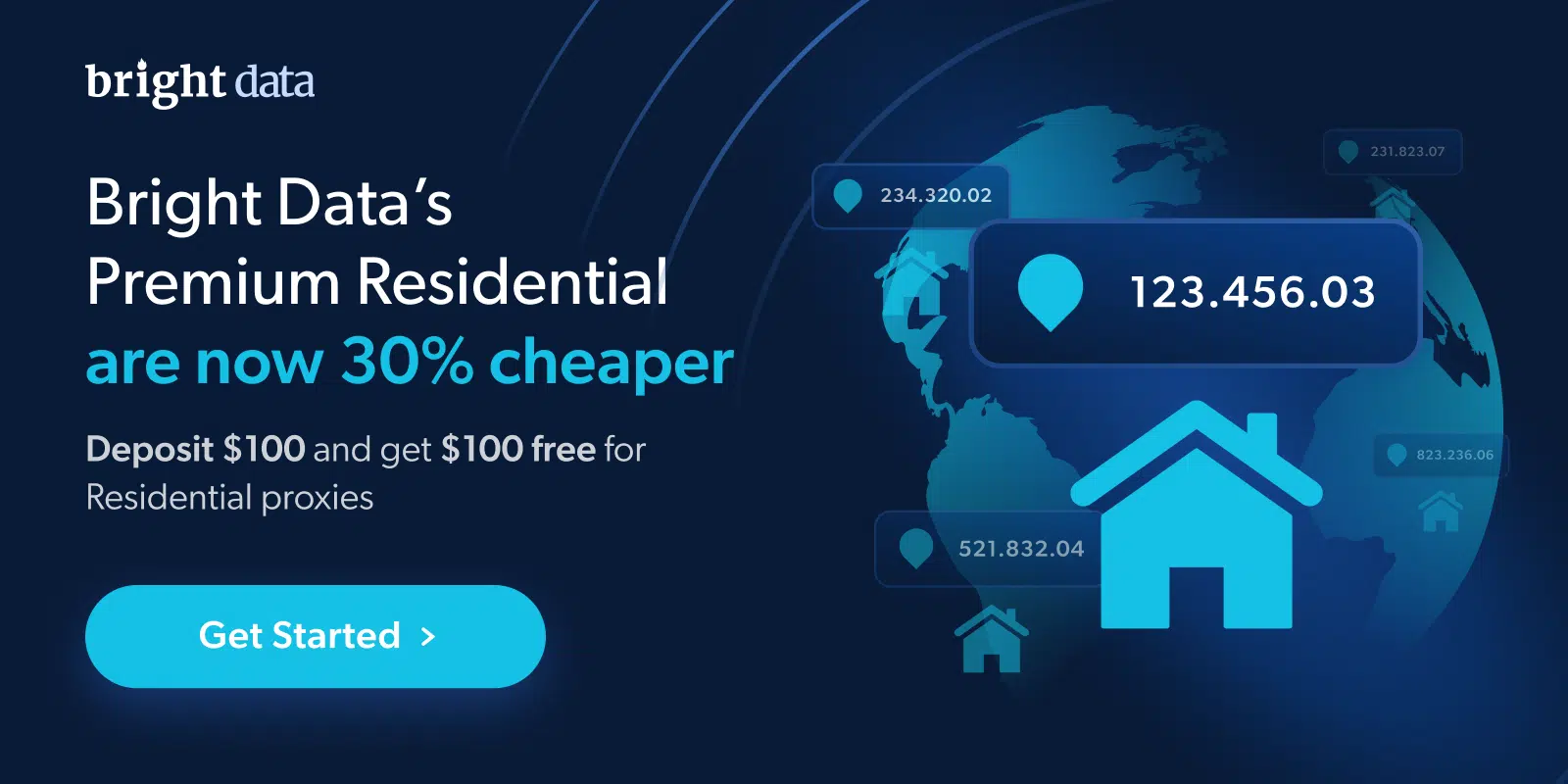Web scraping is the process of extracting data from websites using automated scripts. With the rise of data-driven decision making, web scraping has become an essential skill for developers and data analysts alike.
While Python and Node.js are popular languages for web scraping, PowerShell brings some unique strengths, especially for Windows-centric environments. In this comprehensive guide, we‘ll explore why PowerShell is a great choice for web scraping and how to leverage its capabilities for your scraping projects.
Why Use PowerShell for Web Scraping?
Here are some of the key advantages of using PowerShell for web scraping:
-
Built-in capabilities: PowerShell has web scraping cmdlets like
Invoke-WebRequestandInvoke-RestMethodbuilt-in, making HTTP requests easy. - Cross-platform support: With PowerShell Core, you can write cross-compatible scrapers that work on Windows, Linux and macOS.
- Automation and scheduling: Integrates well with Windows Task Scheduler for running scrapers on a schedule.
- Scripting and pipelines: Provides a full-featured scripting language and pipeline for transforming scraped data.
- Large ecosystem: As PowerShell matures, more useful modules and tools are becoming available.
- Access to .NET libraries: You can utilize .NET classes and libraries for added functionality.
For users already familiar with PowerShell and managing Windows environments, it presents a compelling option for web scraping without needing to learn another toolset.
Core Concepts for Web Scraping in PowerShell
To effectively scrape websites with PowerShell, you need to understand some key concepts:
HTTP Requests
The Invoke-WebRequest and Invoke-RestMethod cmdlets allow you to make HTTP GET requests to any URL.
For example:
$response = Invoke-WebRequest -Uri "https://example.com"This will return a BasicHtmlWebResponseObject with properties like Content, Headers, StatusCode etc. that contain the response details.
Parsing and Extracting Data
Once you have the HTML content, you need to extract the required data. This is done using:
- Regular expressions: PowerShell has full regex support to pattern match and extract data.
- XPath with PowerHTML: The PowerHTML module allows xpath selectors for parsing HTML.
For example:
# Extract all links
$response.Links.Href
# Extract text between tags
if($response.Content -match ‘<p>(.*?)</p>‘) {
$data = $Matches[1]
}Pagination Handling
To scrape multiple pages from a paginated list, you need to handle URLs like page1.html, page2.html etc.
Use a loop and string concatenation to iterate through pages.
Proxies and Authentication
To scrape through proxies, add the -Proxy parameter to the request cmdlets:
Invoke-WebRequest -Proxy http://10.10.1.10:8080 www.example.comFor authenticated proxies, use -ProxyCredential to pass credentials.
Bot Detection Avoidance
-
Add delays: Use
Start-Sleepto add random delays between requests. - Render pages: Use Selenium with PowerShell to render JS pages.
- Rotate user agents/proxies: Spoof different browsers by changing user agent string.
Step-by-Step Web Scraping with PowerShell
Let‘s go through a simple web scraping example in PowerShell step-by-step:
Scraping a Simple Page
Let‘s say we want to scrape product listings from an ecommerce site. The HTML looks like:
<div class="product">
<h2 class="name">Product 1</h2>
<p class="description">This is the first product</p>
<span class="price">$29.99</span>
</div>Here is how we would scrape the data:
# Fetch page HTML
$response = Invoke-WebRequest -Uri "https://example.com/products"
# Extract product info
$name = $response.Content -match ‘<h2 class="name">(.*?)</h2>‘ | Out-Null
$description = $response.Content -match ‘<p class="description">(.*?)</p>‘ | Out-Null
$price = $response.Content -match ‘<span class="price">(.*?)</span>‘ | Out-Null
# Output result
[PSCustomObject]@{
Name = $name
Description = $description
Price = $price
}This utilizes regular expressions to extract the required data into variables, and outputs it as a PowerShell object.
Extracting Data from Multiple Pages
Let‘s say the products are paginated across multiple URLs:
- https://example.com/products/page1
- https://example.com/products/page2 Here is how to scrape all pages:
$baseUrl = ‘https://example.com/products/page‘
for($i=1; $i -le 10; $i++) {
$url = $baseUrl + $i + ‘.html‘
$response = Invoke-WebRequest -Uri $url
# Extract data from $response
# Output results
}We loop through the pages by appending page numbers to the base URL.
You can also scrape based on a "next page" type of pagination.
Scraping JavaScript Content
To scrape content rendered by JavaScript, you can integrate PowerShell with Selenium using the PSSelenium module:
Import-Module PSSelenium
$driver = Start-SeChrome
$driver.Navigate().GoToUri(‘https://example.com‘)
$ element = $driver.FindElement([OpenQA.Selenium.By]::ClassName(‘result‘))
$element.Text # will contain JS rendered textThis automates a real Chrome browser using Selenium to render the JS content.
Storing Scraped Data
To store structured scraped data, you can output to CSV:
# Scraped results stored in $data
$data | Export-Csv -Path results.csv -NoTypeInformationOr insert into a database using SqlServer module:
Import-Module SqlServer
$conn = New-SqlConnection -ConnectionString $connectionString
$insertCommand = New-SqlCommand -Connection $conn -Query "INSERT INTO results VALUES (@name, @description, @price)"
foreach ($item in $data) {
$insertCommand.Parameters.AddWithValue(‘@name‘, $item.name)
# ... other parameters
$insertCommand.ExecuteNonQuery()
}This inserts each scraped record into the database.
Debugging Web Scraping Scripts in PowerShell
Here are some tips for debugging your web scraping PowerShell scripts:
-
Liberally use
Write-Outputto log values during execution. - Use breakpoints and step through code execution.
-
Catch errors with
try/catchblocks. - Validate scraped data matches expected format.
- Use Fiddler to inspect raw HTTP requests and responses.
- Check for status codes like 403 or captchas.
-
Enable
-Verboseparameter to see detailed logs. - Test regular expressions at https://regex101.com before using in script.
Careful debugging will help identify and fix issues in your scraper logic.
Conclusion
PowerShell provides a very capable platform for automating web scraping jobs. With its cross-platform nature, built-in capabilities and pipeline-based processing, it‘s a great fit for many scraping needs.
This guide covered the key concepts like using Invoke-WebRequest, parsing responses, handling pagination and cookies, avoiding bot detection, storing data and debugging scrapers.
There are also many sample scrapers and pre-built modules available for tasks like distributed scraping and browser automation. With some knowledge of PowerShell scripting and web technologies, you can build robust scrapers of your own.
So next time you need to extract data from websites, consider taking the PowerShell route!


